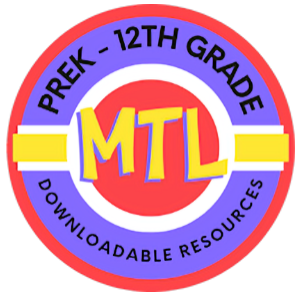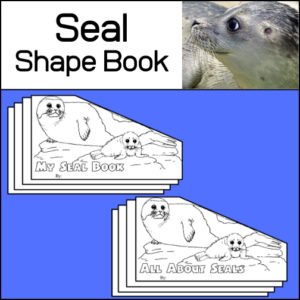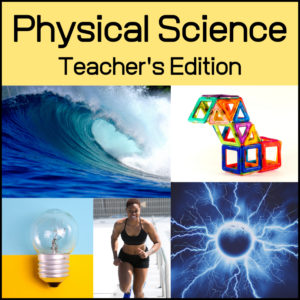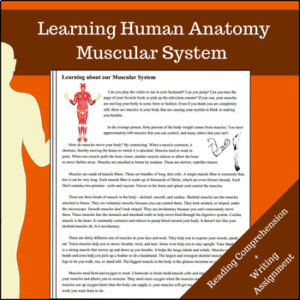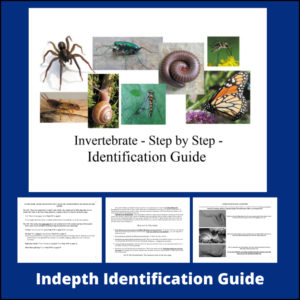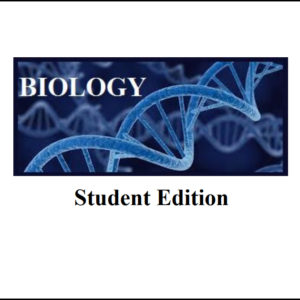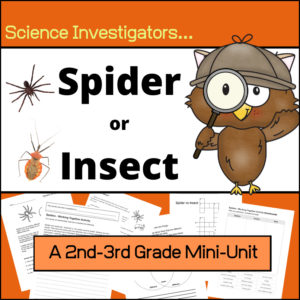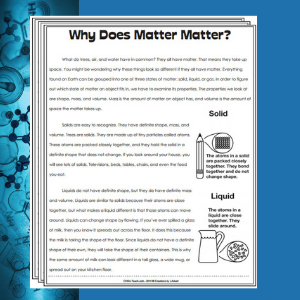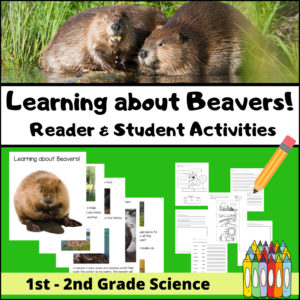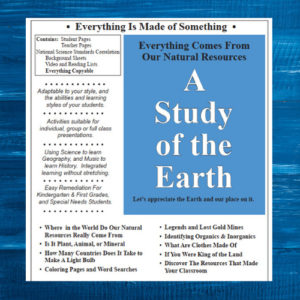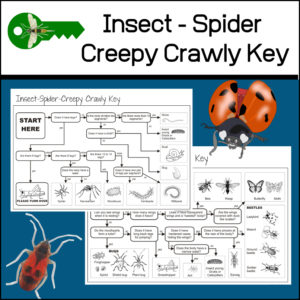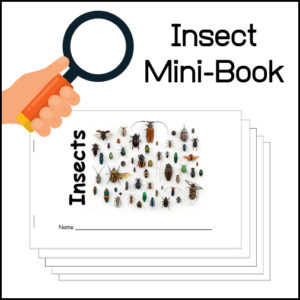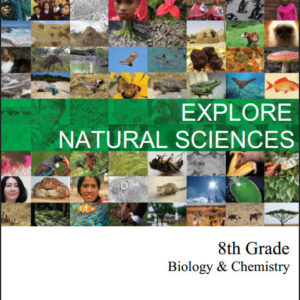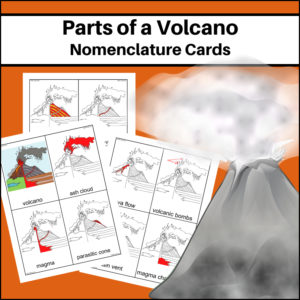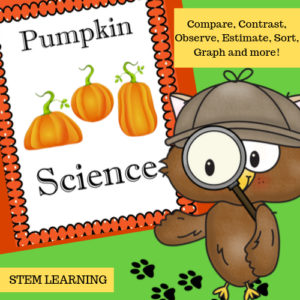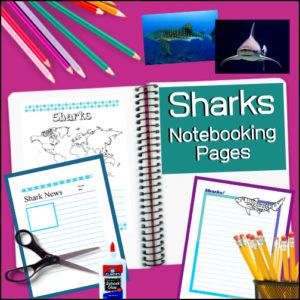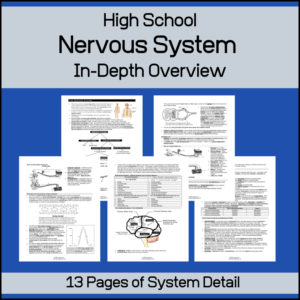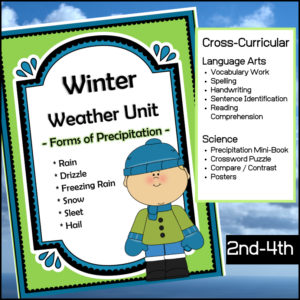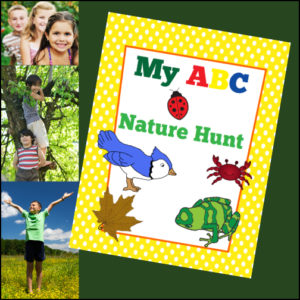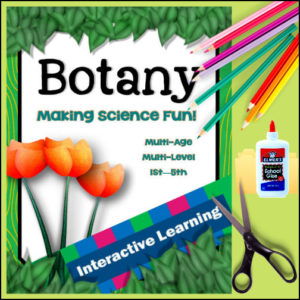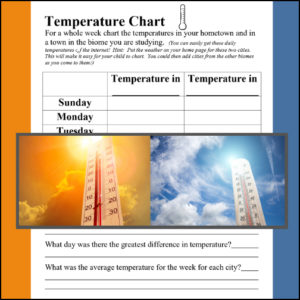Showing 121–140 of 238 results
-
$1.50Buy Now
Seals are found along most coasts and cold waters, but a majority of them live in the Arctic and Antarctic waters. Harbor, ringed, ribbon, spotted and bearded seals, as well as northern fur seals and Steller sea lions live in the Arctic region. Whether you are studying these wonderful animals or just want to add a quick side lesson, here is a Seal Shape Book that students can use to self-publish their created stories, reports and poems! Templates have differing line heights to accommodate a variety of grade levels.
-
$1.50Buy Now
This informational text article will teach students about the human muscular system, how many muscles are in the body, muscle fibers, the three different types of muscles and more.
Includes:
- – Article
- – Reading comprehension worksheet (multiple choice)
- – Extended research activity and writing
- – Answer key
Reading level:
Flesch-Kincaid Grade Level: 5.3
Grade level: Fifth Grade
Linsear Write Formula : 5.1
Grade level: Fifth Grade. -
$3.00Buy Now
This 21 page resource will take students step by step through a guided identification process for invertebrates. This key is designed for 6th – 12th grades.
-
$9.99Buy Now
Complete Biology 1 Curriculum – Student Edition for High School
-
$3.00Buy Now
Spiders vs Insects – Science Investigator Mini-Unit has been designed to teach 2nd & 3rd grade students about the differences between these creepy crawlies!
This resource includes 2 levels of informational text (for differentiation) – reading comprehension questions for both, a couple drawing and labeling activities, a Venn diagram (compare and contrast), a crossword puzzle, a cooperative group (or partnership) activity and a short opinion essay question. Answer Keys are provided.
-
$1.00Buy Now
This informational text will help define matter and its 3 main stages (solid, liquid and gas). After students read the article, they will be asked comprehension questions to assess their understanding. Answer Key also included.
-
$3.00Buy Now
This 1st – 2nd Grade cross-curricular resource (Science, Language Arts, Art) is all about beavers and includes a READER and corresponding STUDENT ACTIVITIES! Students will learn about the beaver’s habitat, diet and how their own bodies help them survive! The reader is provided in both color and b/w.
-
FREEBuy Now
This free curriculum resource is from the Minerals Education Coalition.
-
$2.00Buy Now
Help your students learn about insects with their very own 12 page mini-book! This is a perfect tool to use as a study aid as it includes important facts about insects such as…the four things all insects must have: 3 body parts, 2 antennae, 6 jointed legs and an exoskeleton. This little book will also give examples of creepy crawlies that are not insects, how some insects have 1 or 2 pair of wings, how some are helpful and some are harmful. At the very end of the book, students are asked to draw their favorite insect.
-
$9.99Buy Now
231 pages – Major categories:
Photosynthesis & Respiration, Interactions & Interdependence within the environment, Microorganisms, Atoms, Particle Model of Matter, Chemical Reactions -
$2.00Buy Now
Parts of a Volcano – Nomenclature Cards – This resource will help students learn and study the various parts of a volcano: ash cloud, magma, parasitic cone, lava & ash layers, side vent, crater, pyroclastic flow, lava flow, volcanic bombs, main vent, and magma chamber.
-
$3.00Buy NowPumpkin Science has several fun, hands-on activities that ask students to compare, contrast, observe, estimate, count, sort, investigate, graph and much more…Students can even create a Pumpkin Science Journal or use pages as notebooking pages.See more about this product in the description below.
-
$4.50Buy Now
There are over 500 known species of sharks in the world! Most students love studying sharks and this unit has been created to help students record the knowledge they learn during a study on sharks as well as personal reflections of what has been learned.
This resource includes:
- – Creating a Notebooking Project…What is Notebookiing?
- – Supply list
- – Teacher pages
- – Student organizational pages
- -‘Jump off’ Questions designed to get students thinking about the different shark related questions they can research
- – 32 Notebooking pages
Notebooking is a coined term for what can also be referred to as educational journaling or scrapbooking.
-
$2.50Buy Now
This 13 page resource is a very detailed overview of the nervous system and is meant for High School level students.
-
$4.00Buy Now
Your students will enjoy this cross-curricular resource, Winter Weather Unit – Forms of Precipitation, as they learn about about the different forms of precipitation and related vocabulary! Students will be engaged in vocabulary work, spelling, handwriting, sentence identification, comparing / contrasting and more.
-
$3.00Buy Now
Here is a FUN nature hunt that can be used by an individual student, a group of students or an entire family!
-
$10.00Buy Now
Give students an engaging way to learn about plants with this interactive, project based resource. Designed to be used for multiple ages and grades, 2nd-6th grades, students will learn about plants:
- – classification
- – photosynthesis
- – the plant cell
- – parts of the plant
- – things plants need to grow
- – the life cycle of a plant
- – plant leaves
- – different types of plants (non-flowering, carnivorous, poisonous)
